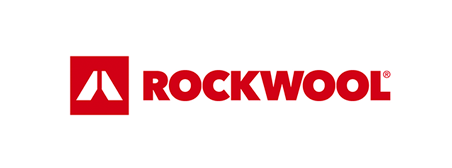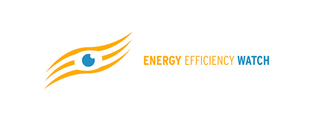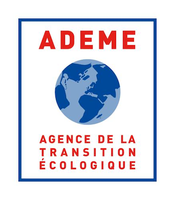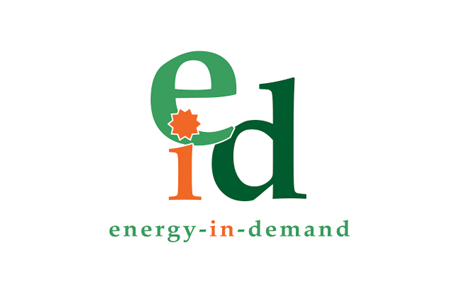Search eceee proceedings
Building typology of the non-residential building stock in Germany – methodology and first results
Panel: 7. Policies and programmes for better buildings
This is a peer-reviewed paper.
Authors:
Michael Hörner, IWU - Institut Wohnen und Umwelt (Institute for Housing and Environment), Germany
Julian Bischof, Institut Wohnen und Umwelt (IWU), Germany
Abstract
In contrast to residential buildings, the stock of non-residential buildings (NRB) in Germany is not fully represented in any official statistics. This is surprising given the economic importance of this sector. Not only the increasing relevance of climate protection makes it seem reasonable and necessary to capture the scope and characteristics of this important economic sector more precisely.
The gap in official statistics could be closed by a survey based on a representative sample of building footprints and unbiased extrapolations to the whole stock, a completely new approach in the German NRB stock (Hörner 2020). The goal was to provide statistically valid data on the stock for the first time. This results in an estimated number of thermally conditioned NRBs in Germany that are relevant under the Building Energy Act (BEA) of NBEA =1.9081 ± 0.152 million, considerably less in number but bigger in size than previous estimates (BMWi 2020 S. 30).
To map the characteristics of the building stock in an appropriate manner, a NRB typology was developed, comprising mean values of U-values, building component areas etc. and absolute frequencies of NRBs. The most important feature of the type definition is the concept of "synthetic average buildings", whose values are unbiased extrapolations from the sample to the whole stock. They are “mean estimators” in terms of estimation theory. The areas of the components of the building envelopes (e.g. facades, roofs and floor slabs) were determined from geospatial data of the sample buildings. The survey provided additional geometric values like window area fractions and roof types as well as further monitoring variables such as insulation thicknesses and the current equipment with technical systems. The great diversity of NRBs and their values were summarized in 33 types differentiated according to 11 building functions and 3 building age bands. Model input variables for building energy simulations (e.g. U-values of building components and energy expenditure factors of the heat generators) were derived from monitoring variables of the survey and age-specific properties, similar to the TABULA project for residential buildings (Loga et al. 2012).
Typologies are used to calculate the energy demand of building stocks with reasonable effort, in order to evaluate the impact of climate protection policies and to take the building stock into account adequately in scenarios. In addition, more sophisticated building stock models can be validated. So far, the current stock of non-residential buildings in Germany was mapped to a typology. Future analysis will add structural measures for energy-related modernization and calculations of the energy demand.
Downloads
Download this presentation as pdf: 7-028-22_Horner_pres.pdf
Download this paper as pdf: 7-028-22_Horner.pdf
Panels of
1. Dynamics of consumption: less is more?
2. Efficiency and beyond: innovative energy demand policies
3. Policy, finance and governance
4. Monitoring and evaluation for a wise, just and inclusive transition
5. Towards sustainable and resilient communities
6. Energy-efficient and low-carbon mobility for all
7. Policies and programmes for better buildings
8. Innovations in products, systems and building technologies



























